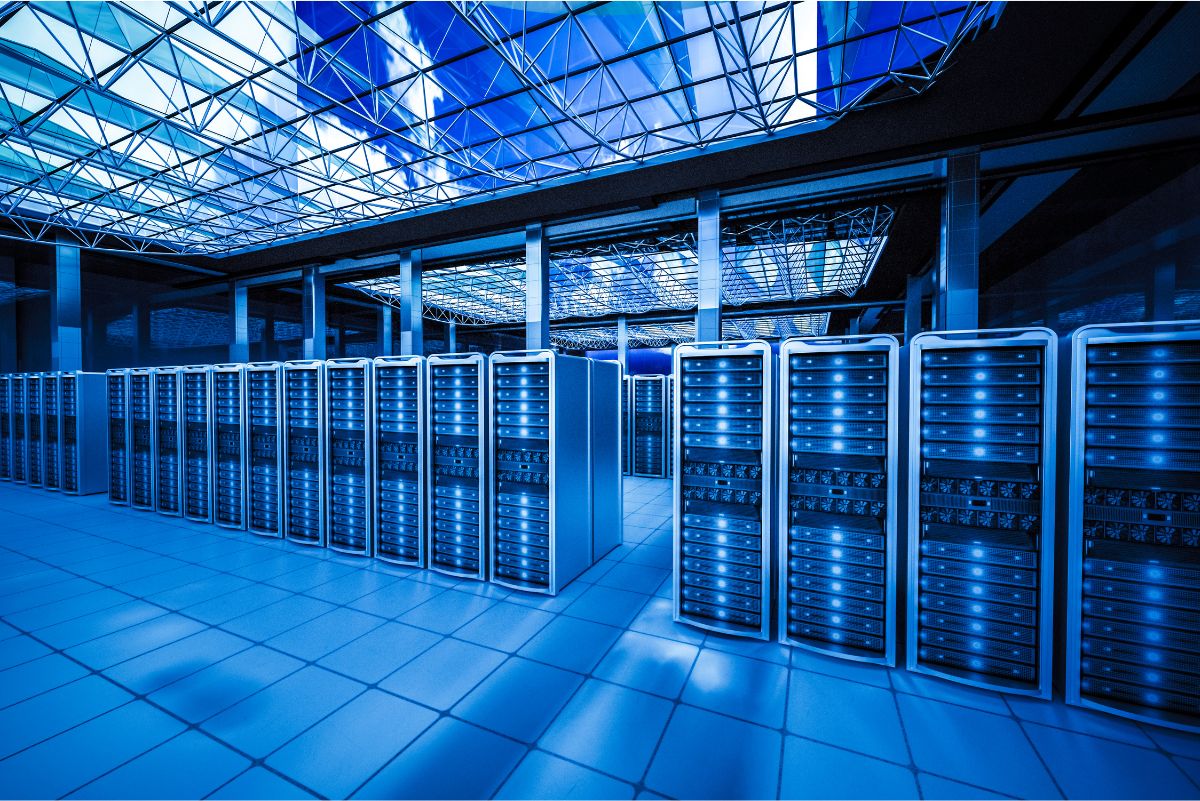Intelligence…Sometimes Artificial
When it comes to intelligence in decision making, it’s our differences in experiences and attitudes that make our businesses evolve in a diverse manner. There are often many ways to solve a problem. The path we take can be an expression of our human creativity.
 This ingenuity is precisely why Artificial Intelligence alone is unlikely to help us break out and take supply chain decision making to the next level. Instead of finding innovative ways to serve and enhance markets, it could send us down a path of uniformity so we all fulfill demand in the same way, often competing for the same asset locations with similar processes. You sometimes see this kind of ‘technology group think’ in algorithmic blips in the stock market. Yet, AI’s use is going to expand for sure. So perhaps the question isn’t “will it be valuable?” But instead “where will it be valuable?”
This ingenuity is precisely why Artificial Intelligence alone is unlikely to help us break out and take supply chain decision making to the next level. Instead of finding innovative ways to serve and enhance markets, it could send us down a path of uniformity so we all fulfill demand in the same way, often competing for the same asset locations with similar processes. You sometimes see this kind of ‘technology group think’ in algorithmic blips in the stock market. Yet, AI’s use is going to expand for sure. So perhaps the question isn’t “will it be valuable?” But instead “where will it be valuable?”
Leveraging AI to Execute the supply chain
Using Gartner’s supply chain CORE model (Configure, Optimize, Respond & Execute) you may find that when hitting the Execute time horizon, there’s simply no time for a human to make a great decision. AI can then be a powerful solution. An interesting example of this is the capability AIMMS has provided in the utility grid business for the last 15 years. AI’s probabilistic reasoning and optimization capabilities are expressed over a digital representation of 2000 machines to best meet demand, while simultaneously shaping demand through flexible pricing. Tens of thousands of demand nodes, 2,000 supply nodes and industrial pricing are all synchronized to best effect every 15 minutes.
What about Configure, Optimize & Respond?
Using AI indirectly to augment the human in Gartner’s Configure, Optimize & Respond categories can be a tool not to replace creative decisions but instead, free up time and mind space to make better creative decisions. An example of this is S&OP, where clients leverage our technology to create a digital representation of their supply chain and then use optimization techniques, including linear programming and constraint-based reasoning, to generate a large number of fully costed scenarios.
Traditionally, 2% of the effort put into S&OP was dedicated to asking questions, 98% to providing answers. The use of this technology allows answers to be generated as scenarios in 15 seconds or less, freeing up the vast majority of time for creativity and the exploration of new questions and new ways to compete. It’s also a lot more fun and that’s no small thing.
Traditionally, 2% of the effort put into S&OP was dedicated to asking questions, 98% to providing answers. – Tweet this
We’re working on a use case right now where machine learning (probabilistic reasoning in AI speak) is leveraged to understand the attitude of commercial and operational stakeholders in the S&OP process. If you take ten different commercial stakeholders and ask them to predict demand over a statistical forecast, you’ll find that some are consistently optimistic while others are consistently pessimistic. You’ll find the same with operations when they provide a capacity statement. Machine learning will expose these differences in attitude and allow for normalization. In turn, the team will arrive at better plans while avoiding the near impossible task of encouraging behavioral change – leave space for the personality. An additional perk will be a quick look in the rear view mirror to uncover how far revenue and cost were from optimum. While it’s foolish to think S&OP plans can ever be perfect, this quantified look in the rear view mirror is often food for more questions and creativity.
How soon will organizations start benefiting from AI?
Gartner states that “in 2020, 50% of organizations will have sufficient AI and data literacy skills such that they will achieve at least one AI project judged to deliver positive business value. Through 2022, most small and medium size companies will not have the AI skills to build their own deep neural networks (DNN), optimization or advanced perception systems.”
There are probably fewer barriers to adopting AI than you think. – Tweet this
We hope to further accelerate the practical adoption of AI in supply chain with AIMMS SC Navigator. Optimization is already available to large and medium size companies. During 2019, machine learning will be available regardless of your business size. There are probably fewer barriers to you adopting AI than you think.
So intelligence, sometimes artificial…but often augmented will give supply chain professionals the space to express their creativity and take it to the next level.





